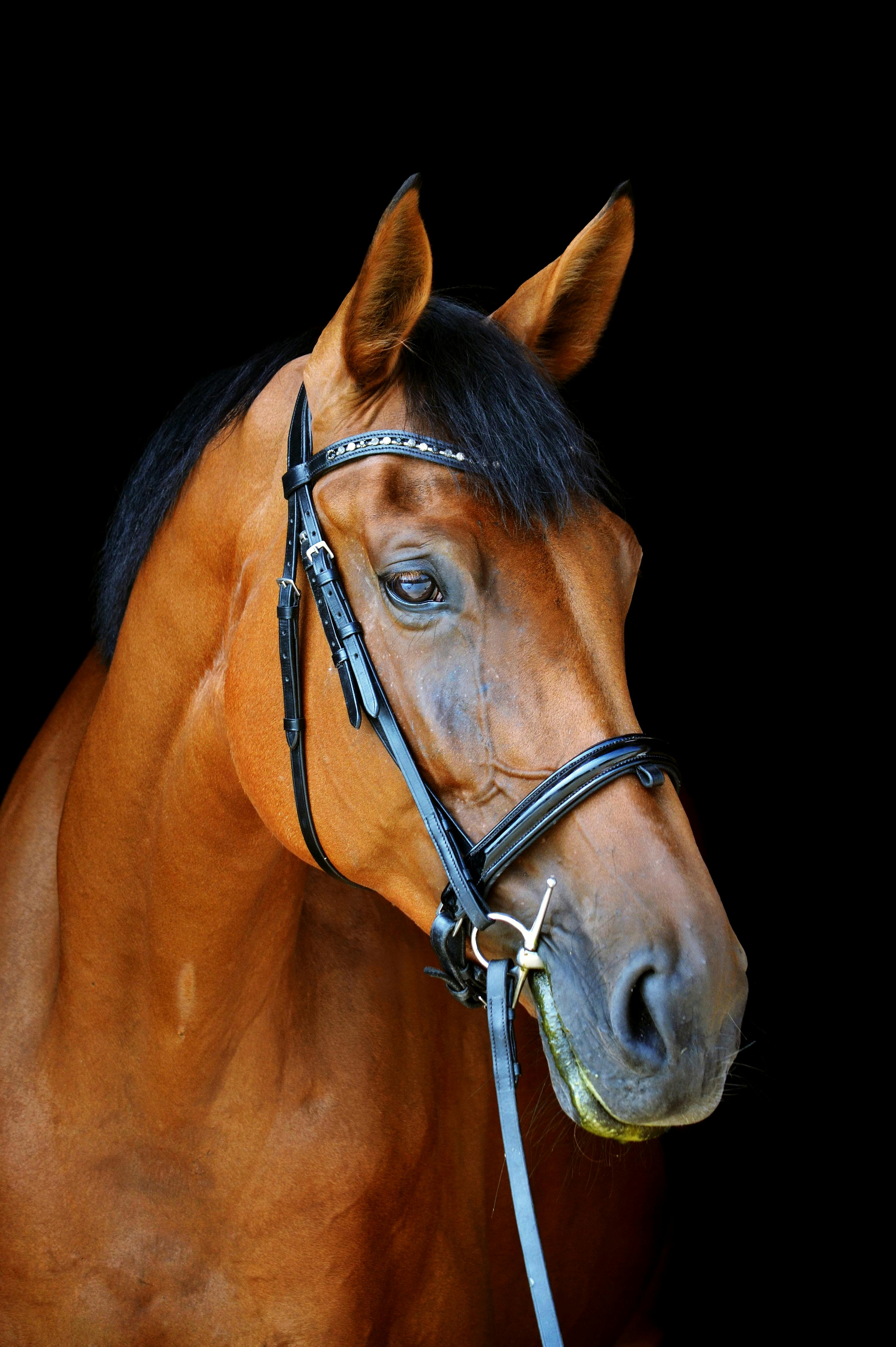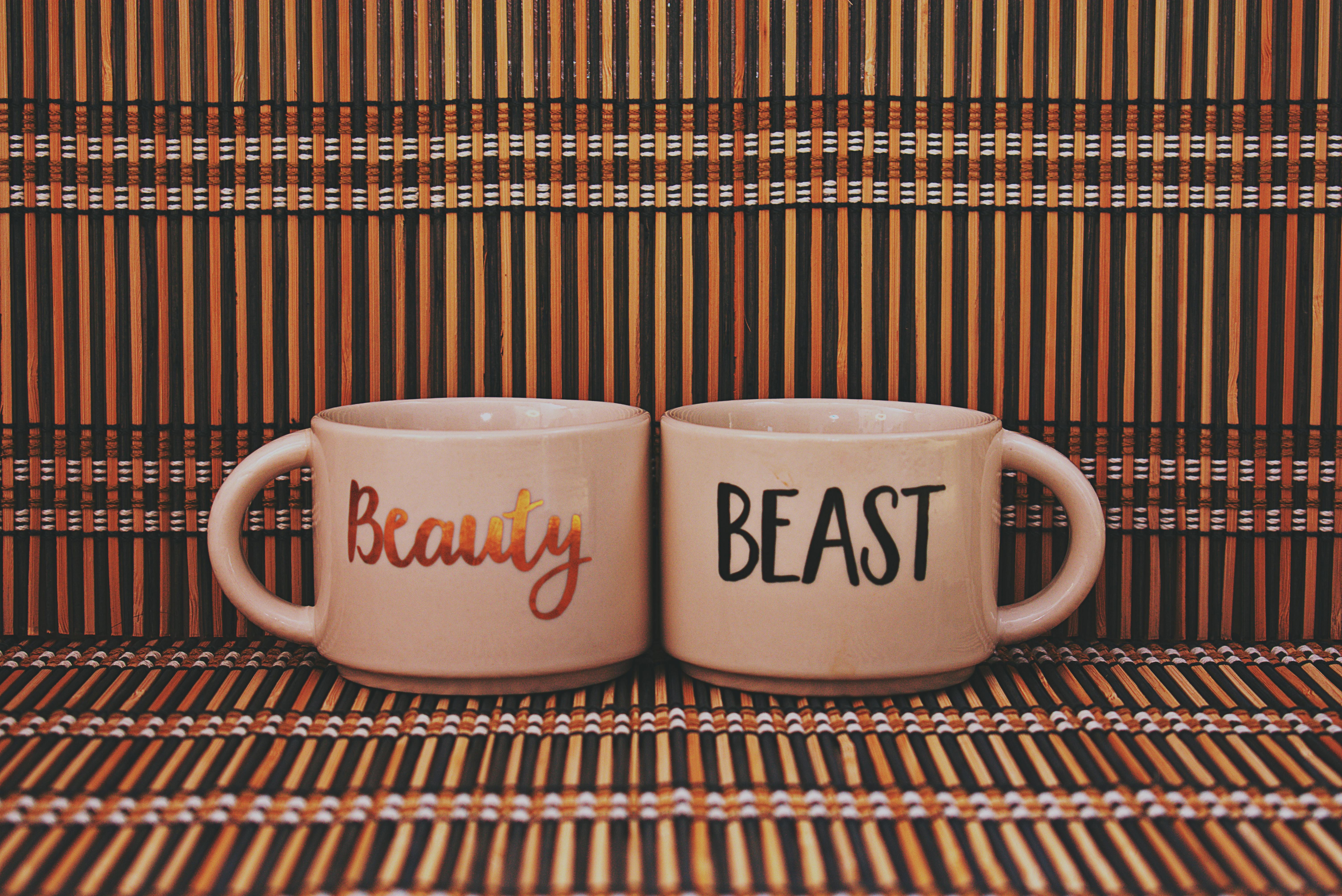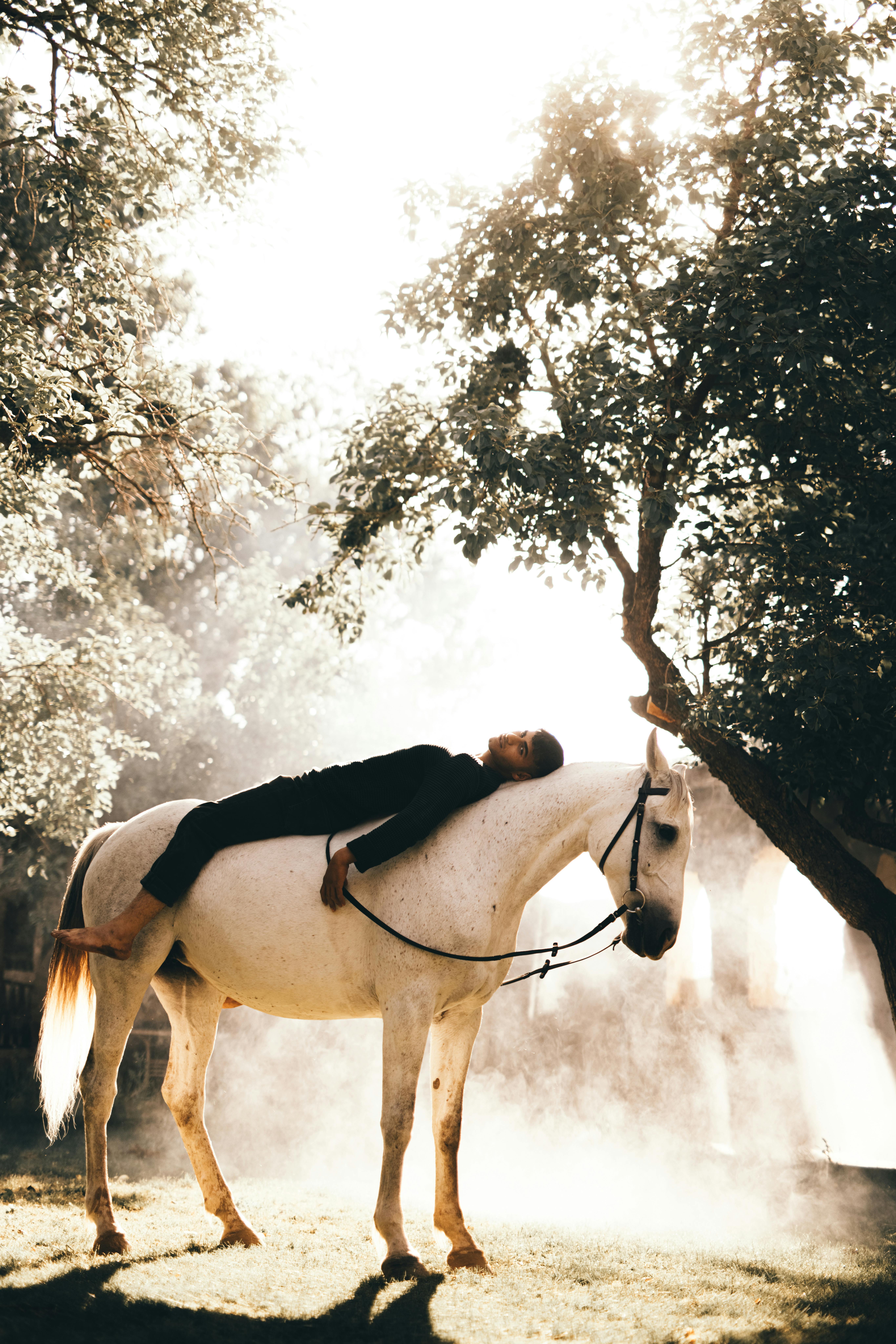Behind the Scenes of Beauty and the Beast JR Cast
When it comes to junior musical theatre, few productions captivate audiences quite like Beauty and the Beast JR. This magical adaptation offers young performers a chance to step into iconic roles, bringing timeless characters to life on stage. In this comprehensive guide, you’ll explore everything about the Beauty and the Beast JR cast—from role breakdowns and audition strategies to performance preparation and future prospects.

Understanding the Fundamentals
The world of youth theatre thrives on structured yet imaginative storytelling, and Beauty and the Beast JR is no exception. Based on the original Broadway production and Disney film, the junior version adapts the narrative and songs to fit younger actors while preserving its emotional and visual impact.
Understanding the core structure of the cast allows educators, directors, and aspiring actors to better grasp how roles are assigned, rehearsed, and performed. With thoughtful casting, the production becomes not just a performance, but a platform for personal growth.
1.1 Character Roles and Their Functions
Each character in the Beauty and the Beast JR cast plays a unique role in driving the story forward. The leads include:
- Belle: The story’s heroine, intelligent, curious, and compassionate
- Beast: A prince cursed to live as a beast until he learns to love and be loved
- Gaston: The arrogant hunter who wants Belle for himself
- Lumière, Cogsworth, Mrs. Potts, and Chip: Enchanted objects in the Beast’s castle
Each of these roles brings different vocal, acting, and emotional challenges. For example, Belle requires strong singing ability and expressive acting, while Lumière demands comedic timing and a French accent.
1.2 Supporting Cast and Ensemble Importance
The supporting cast—like the Silly Girls, Maurice (Belle’s father), and the enchanted objects—add depth and color to the show. The ensemble, often composed of villagers and castle servants, provides energy and cohesion to large numbers.
While often underestimated, ensemble roles offer incredible learning opportunities. Young actors gain experience in movement, timing, and harmonizing, which are foundational in musical theatre.
Practical Implementation Guide
Successfully staging Beauty and the Beast JR involves more than assigning roles. From auditions to opening night, every step must be carefully managed to ensure a high-quality, educational production. This section provides a roadmap for bringing the show to life.

2.1 Actionable Steps
- Auditions and Casting: Use a fair and structured audition process that includes reading scenes, singing a selection, and perhaps basic choreography.
- Rehearsal Schedule: Plan a 6-8 week timeline with dedicated days for music, blocking, choreography, and full run-throughs.
- Costumes and Sets: Begin early with the help of parents, volunteers, or community partnerships for borrowing or building props and costumes.
2.2 Overcoming Challenges
Staging a youth production comes with its fair share of hurdles:
- Scheduling Conflicts: Offer flexible rehearsals and use online platforms for script study
- Performance Anxiety: Use warm-up exercises and smaller group rehearsals to build confidence
- Limited Resources: Repurpose costumes and sets, or use projections and lighting to fill gaps
Directors should keep a positive and adaptable mindset. Encouragement, repetition, and patience go a long way in turning obstacles into teachable moments.
Advanced Applications
Once foundational skills are established, directors and performers can enhance their work by introducing more advanced stagecraft and emotional layering. These upgrades elevate a basic school play into a semi-professional performance.

3.1 Character Development Workshops
Going beyond memorization, students can participate in workshops that help them embody their roles. Techniques include:
- Hot-seating interviews where actors answer questions in character
- Improvisational scenarios based on off-script moments
- Backstory journaling to flesh out character motivation
These activities deepen character understanding and create more believable performances, even among younger students.
3.2 Integration of Technology
More schools are now using multimedia tools for junior musicals:
- Digital backdrops to set diverse scenes quickly
- Audio enhancements for voice projection and sound effects
- Video rehearsals for self-assessment and improvement
These tools streamline production and allow cast members to review their progress, making learning more interactive.
Future Outlook
The rise of youth theatre continues to accelerate with the increasing popularity of licensed junior versions of musicals. Beauty and the Beast JR remains a flagship title, chosen not only for its popularity but also its rich educational value.
In the next 3-5 years, expect more integrated curricula in schools combining theatre with language arts and history. As technology continues to evolve, virtual and hybrid performances may become more common in educational settings.
Conclusion
To recap, Beauty and the Beast JR provides:
- Rich roles for diverse student talents
- Opportunities for emotional, vocal, and physical development
- A springboard for lifelong appreciation of the performing arts
This musical is more than entertainment—it’s a gateway to self-expression, teamwork, and confidence. Now is the perfect time to explore casting, audition, or attend a local performance of this beloved show.
Frequently Asked Questions
- Q: What age group is Beauty and the Beast JR meant for? Typically ages 8–14, depending on the school or theatre program.
- Q: How do I get started in a junior musical? Begin by joining a school drama club or community youth theatre and attending auditions.
- Q: How long does it take to rehearse the show? Most productions take 6–10 weeks, with 2–3 rehearsals per week.
- Q: Is it expensive to stage Beauty and the Beast JR? Costs vary but can range from $500 to $3000+ for licensing, costumes, and sets.
- Q: How does this compare to the full-length version? The junior version is shorter and adapted for younger voices and attention spans but retains the main plot and songs.
- Q: Is this production hard for beginners? It’s designed for young, developing performers and includes simplified choreography and musical numbers.
- Q: Can this be applied in a homeschool or church group? Absolutely. Many small groups use it as a creative project and educational experience.
